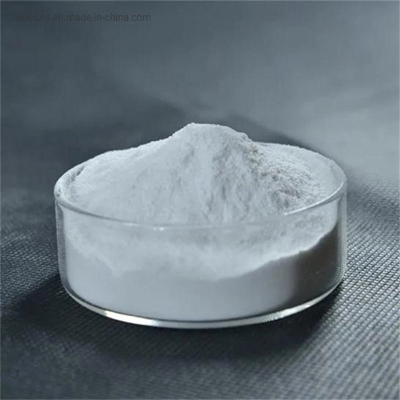-
Categories
-
Pharmaceutical Intermediates
-
Active Pharmaceutical Ingredients
-
Food Additives
- Industrial Coatings
- Agrochemicals
- Dyes and Pigments
- Surfactant
- Flavors and Fragrances
- Chemical Reagents
- Catalyst and Auxiliary
- Natural Products
- Inorganic Chemistry
-
Organic Chemistry
-
Biochemical Engineering
- Analytical Chemistry
- Cosmetic Ingredient
-
Pharmaceutical Intermediates
Promotion
ECHEMI Mall
Wholesale
Weekly Price
Exhibition
News
-
Trade Service
The cellular level processes cell division and cell expansion form a crucial level linking regulatory processes at the molecular level to whole plant growth rates and organ size and shape. With the rapid progress in molecular profiling, quantification of cellular activities becomes increasingly important to determine sampling strategies that are most informative to understand the molecular basis for organ and plant level phenotypes. Inversely, to understand phenotypes caused by genetic or environmental perturbations it is crucial to know how the cell division and expansion parameters are affected spatially and temporally. Kinematic analyses provide a powerful and rigorous mathematical framework to quantify cell division and cell expansion rates. In dicotyledonous leaves, these processes are primarily changing over time, resulting in division, expansion, and mature phases of development. Monocotyledonous leaves have a persistent spatial gradient, with an intercalary meristem where division takes place, an expansion zone, and a mature part of the leaf. Here we describe in detail how to perform kinematic analyses in leaves of the model species
Arabidopsis thaliana
and in the leaves of the monocotyledonous crop species
Zea mays
. These methods can readily be used and adapted to suit other species using relatively standard equipment present in most laboratories. Importantly, the obtained results can be used to design sampling techniques for proliferating, expanding and mature cells.






